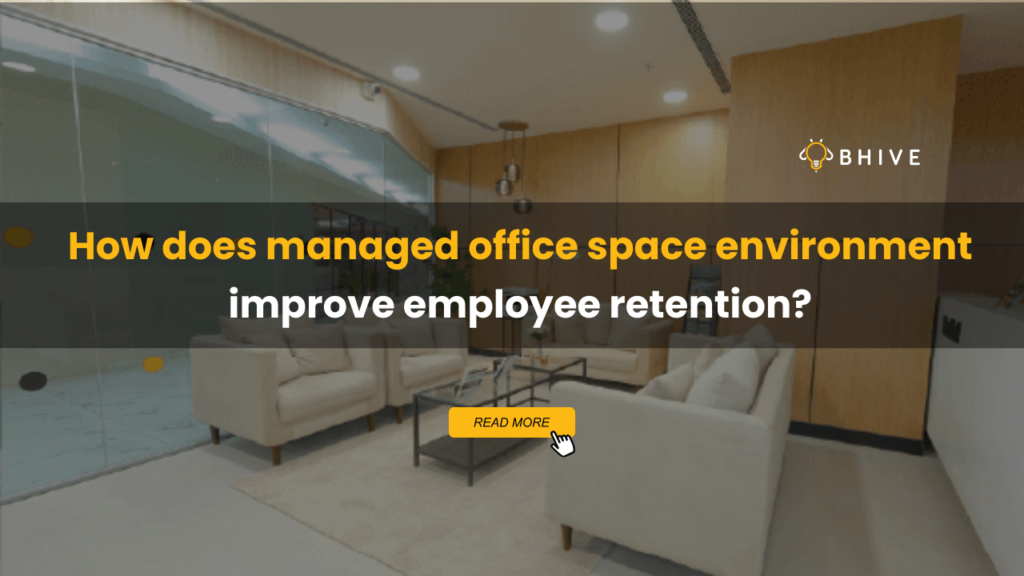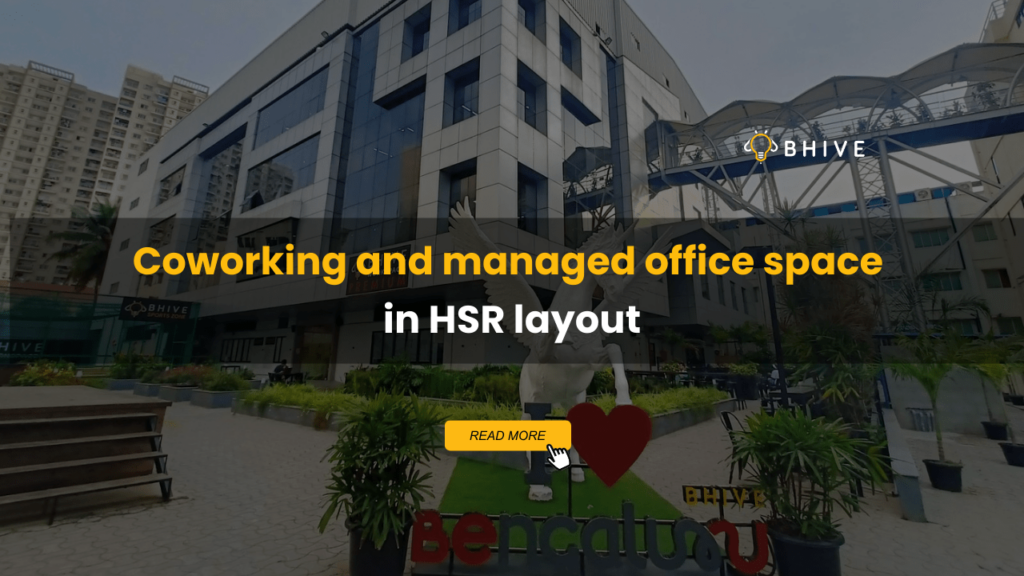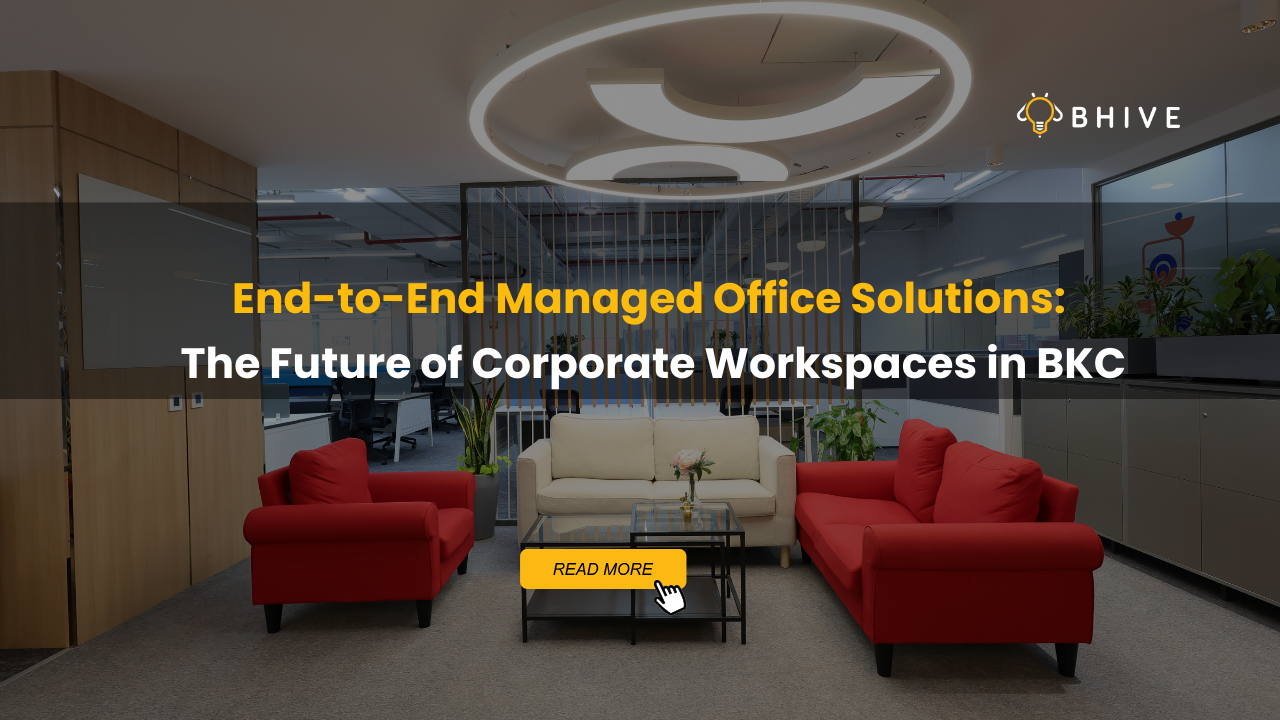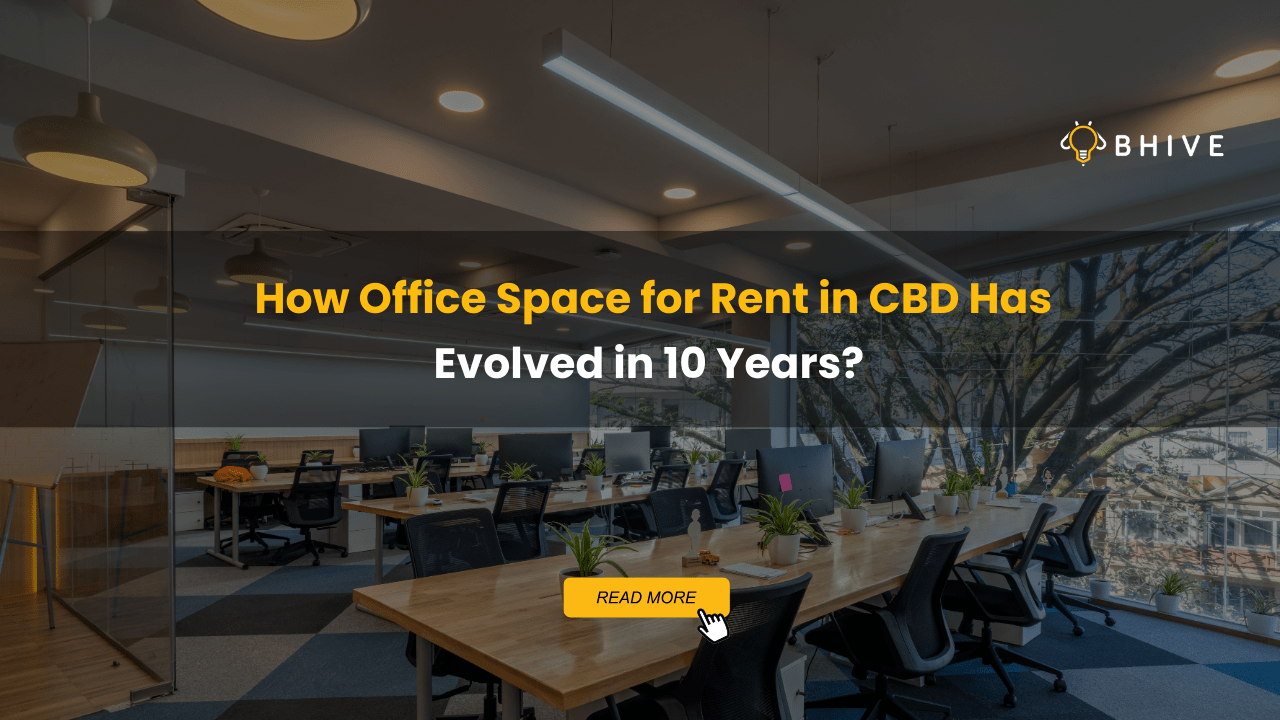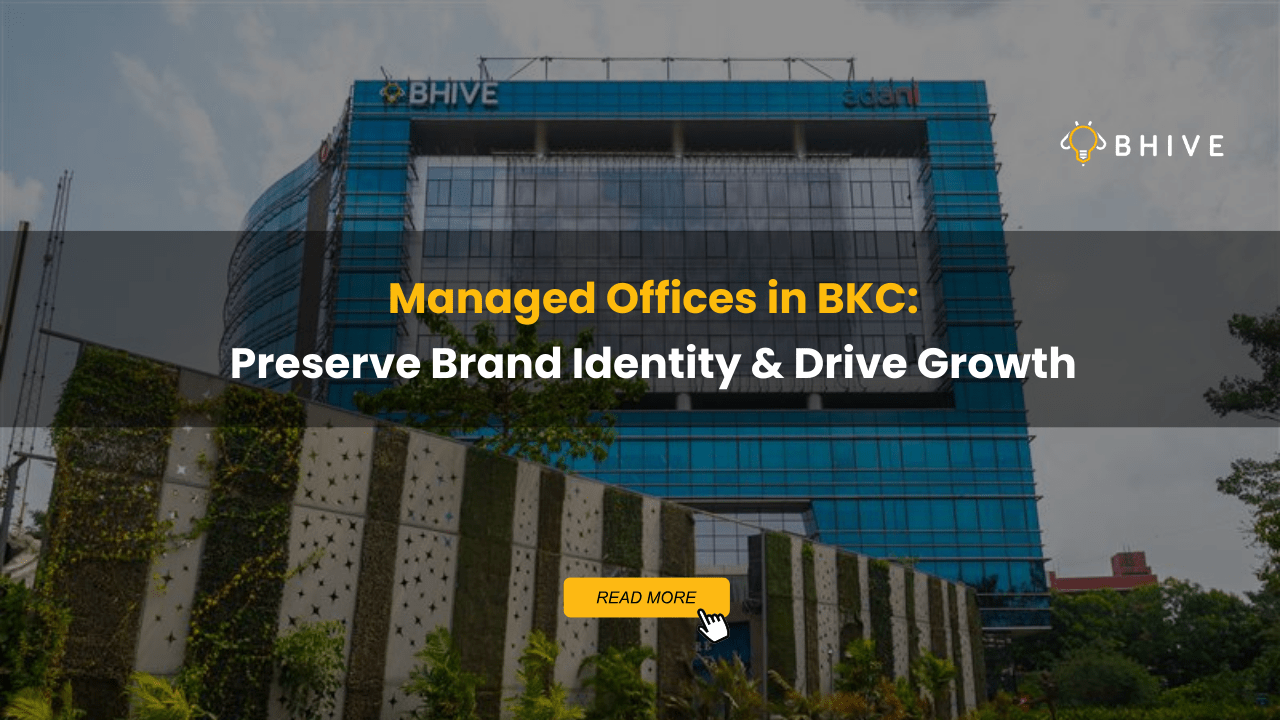Corporate Offices vs Managed Office Solutions
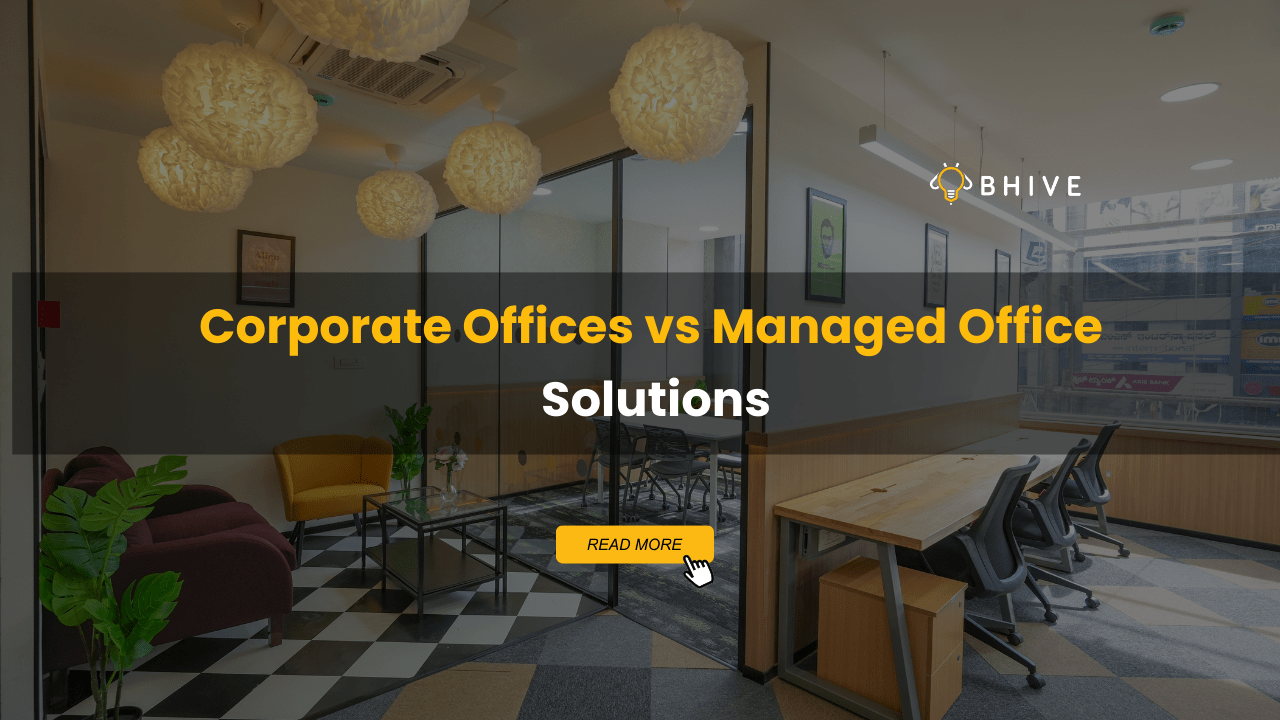
In the existing dynamic environment of businesses, companies have to make some of the most crucial decisions regarding office space strategy. The choice between a traditional corporate office and managed office solutions immensely impacts financial health, operational efficiency, and overall success. This article gives a cost-benefit analysis that can enable company executives to gain insight and make informed decisions when choosing alternatives for their available workspace.
Understanding traditional corporate offices
Definition and Key Features
Traditional corporate offices are spaces that a company leases or owns for a long time, usually custom-made to the needs of the organization. They very often convey brand identity and culture within companies through different designs accorded to them. This model is characterized by long-term leases or property ownership and typically requires significant upfront investments in infrastructure, furniture, and technology.
Financial Considerations
- Initial Costs
Setting up a traditional corporate office involves heavy upfront investments—from lease deposits or buying property to design and architecture fees, construction or renovation costs, furniture and equipment purchases, to setting up technology infrastructure. The initial investment could be huge; therefore, careful financial planning and budgeting cannot be ruled out.
- Recurring Expenses
Traditional office costs, usually paid monthly, include rental or mortgage payments, utilities such as electricity, water, heating/cooling, maintenance and repair, cleaning, security, property taxes if owned, and insurance. These are generally predictable, but they are fixed overheads that companies bear irrespective of the state of their business.
- Long-Term Financial Ramifications
Long-term, traditional offices can have financial benefits. Fixed long-term lease rates provide protection from market fluctuations, and appreciation in assets can be achieved by way of property ownership. Moreover, firms can generate additional revenue by subletting extra capacity, permitting some flexibility around expense management.
Operational Benefits
- Customization and Brand Identity
Full customization is one of the most popular positive features of traditional corporate offices. This makes it easier to characterize the brand further into spaces that become coherent with the identity of the brand, company culture, and developing operational needs.
- Control and Security
Traditional offices give complete control over the work environment and provide control over the security measures within it. Sometimes, this is very important for companies that deal with sensitive information or just require specific protocols in terms of security.
- Stability and Consistency
Stability for the employee is tied to a fixed office location and can help to engender a sense of permanence and company identity. This continuity is particularly useful to have when making long-term plans or retaining staff.
Challenges and Limitations
- Limited Flexibility
Traditional offices all too often have underlying long-term commitments, which slow scaling up or down in response to business changes. This lack of flexibility can be particularly disadvantageous in fast-moving markets.
- Ongoing Management Responsibilities
Organizations are responsible for the management of offices, including maintenance, repair work, and improvement. These repeated activities are very time-consuming and require much attention, which one would otherwise devote to the core business.
Understanding Managed Office Solutions
Definition and Key Features
Managed office solutions, or serviced offices or flexible workspaces, are fully equipped and manned offices that are let to businesses. Third-party providers operate these spaces and manage everything from maintenance to reception services.
Financial Considerations
- Reduced Upfront Costs
Probably the most important advantages of managed offices relate to lower initial outlay. The rental agreement generally includes furniture, technology infrastructure, and basic office supplies; therefore, substantial upfront capital expenditure for all these is avoided.
- Monthly Fees
The managed office costs are normally rolled into one monthly fee, which typically includes rent, utilities, maintenance, cleaning, reception services, use of common areas, and facilities. While this might result in a higher monthly cost compared with traditional lease arrangements, this certainly comes with the benefit of being predictable and including services that might well have been additional expenses.
- Scalability and Flexibility
Managed offices can provide companies with flexible space with more flexible lease terms than conventional offices, and this gives them the facility to change their requirements at any time. This flexibility provides significant cost savings during periods of uncertainty in business or where there is fast change.
Operational Benefits
- Turnkey Solutions
Managed offices come with ready-to-use spaces; therefore, set up-time is eliminated, and a business is enabled to get up and running right away. This is very useful for companies entering new markets or working on new projects.
- Comprehensive Services
Most of the time, this is accompanied by a host of other services, including reception, IT support, and maintenance. This enables companies to carry out the core business without any distractions in managing office-related operations.
- Access to Prime Areas
Most managed office providers have spaces available at premium business districts that are otherwise unaffordable or unavailable to small or even startup companies to become tenants. This would give any firm better prestige and location accessibility.
- Networking Opportunities
This could also mean sharing the building with other businesses—collegiality and networking—that may turn up new partnerships or client relations.
Suggested read: Why choose managed office spaces over traditional offices?
Challenges and Limitations
- Limited Personalization
While some amount of personalization can generally be achieved, it is certainly not by a long shot the same as that under traditional corporate spaces. This is one drawback to companies boasting targeted branding or specific operational needs.
- Potential for Higher Long-Term Costs
Although their upfront is not so high, the managed offices accumulate and hence end up more expensive than traditional leaseholds in long-term scenarios, especially for large-scale firms that have stable requirements of space.
Suggested read: Financial benefits of managed office spaces
Comparative Analysis
Space Utilization and Efficiency
- Traditional Corporate Offices
Traditional offices can often be inefficient in their use of space, with firms paying for space that may not be needed all of the time. On the other hand, they have the advantage of providing concentrated and particular areas for certain functions, enhancing particular sorts of work processes.
- Managed Office Solutions
Better space utilization can be boasted by managed offices by sharing common areas. They have options to scale up or down, which provides cost savings and improved operational efficiency, mainly for smaller companies and those who need variable space requirements.
Employee Satisfaction and Productivity
- Traditional Corporate Offices
This one provides the ability to design traditional, customized offices, fostering a high company culture and strong company identity in a highly featured way. This may contribute to higher employee satisfaction and loyalty but at the cost of fixed working spaces that are not perfectly aligned with the dynamic employee’s preferences for flexibility and modernity in facilities.
- Managed Office Solution
Managed offices can provide modern, well-maintained facilities with a range of amenities that promote job satisfaction. It is also flexible to different styles of working—with hot-desking options and remote work arrangements—that shall enable it to attract the modern, more youthful workforce.
Technology and Infrastructure
- Traditional Corporate Offices
This means that firms have complete control over their IT infrastructure and the option to invest in tailored state-of-the-art technology setups. Of course, the full cost and responsibility for upgraded technology and its maintenance lie with the company.
- Managed Office Solutions
Managed offices will generally offer access to fully up-to-date technology that doesn’t require any major investments. Most often, they will have managed IT services and support, which can benefit smaller companies or those without large in-house IT resources.
Risk Management and Compliance
- Traditional Corporate Offices
Traditional types of offices are committed to long-term commitments that could become more burdensome in times of economic downturn or when the business is not doing well. Not to mention, companies are responsible for compliance with evolving office regulations and standards.
- Managed Office Solutions
Shorter commitments, flexibility, and managed offices may lower financial risk, particularly during highly uncertain and unpredictable periods in business. Normally, compliance and updating hub regulators are usually left to the providers, thus offloading management burdens from the administration of tenant companies.
Decision-Making Factors
Company Size and Growth Projections
Startups and small businesses with uncertain growth trajectories will be more comfortable with the ability that managed offices offer in terms of flexibility. Larger, established companies with stable operations can centralize operations in traditional offices for more economies of scale in the long term.
Financial Resources and Strategy
Those companies with considerable capital would invest in a traditional office space, while those intending to preserve cash flow or maintain financial flexibility would have managed solutions.
Industry-Specific Requirements
Traditional offices, therefore, would work better for businesses with special requirements, such as higher security or special equipment. Managed solutions, on the other hand, will prove more than adequate for companies with standard office requirements.
Geographic Considerations
Businesses looking to expand into new markets or those with multiple locations will find managed offices convenient and helpful in terms of flexibility and ramping up quickly. Companies that are committed to a single location for the long term may opt for traditional offices to ensure stability.
Workforce Demographics and Preferences
The managed offices would, therefore, be more biased towards organizations with younger staff or those who can ride the trends in remote work; this means their employee expectations, driven by flexibility and modern amenities, are better aligned.
Conclusion
The choice between traditional corporate offices and managed office solutions is a complicated one and, in most cases, has to be based on several unique factors of an organization.
As business continues to evolve, a mix of traditional and managed office solutions can deliver an optimum balance of cost efficiency, flexibility, and organization as aligned with business goals. In essence, what remains is for the enterprises to carefully assess the existing needs against what is projected in the future and the general strategy in business when making such decisions.
Ultimately, a proper choice will support financial objectives and produce benefits in productivity, innovation, and employee satisfaction. Today, in a period of exploding change and a growing need for agility, it has become important that organizations start creating workspaces that bring flexibility to new situations while maintaining the stability and functionality needed for lasting performance.
You can visit our website at BHIVE Workspace for more blogs like these.



